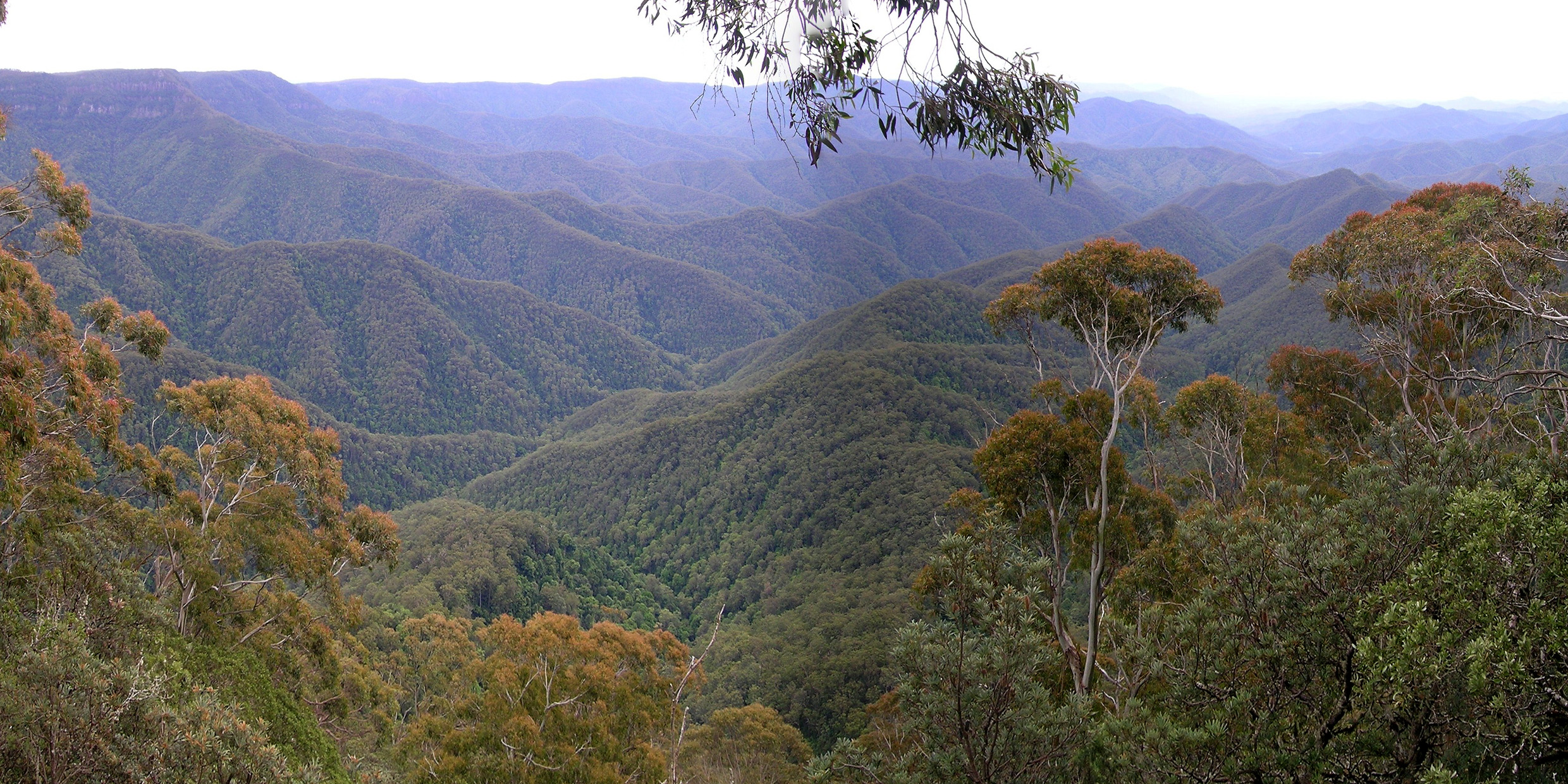Originally published 16 September 1991
“If man had not encountered dragons and hippogriffs in dreams, he might never have conceived of the atom,” wrote the American social philosopher Lewis Mumford, who died [in 1990] at age 94.
The dreaming mind puts things together in ways not actually experienced — the head, wings and claws of a bird with the hindquarters of a horse — to create something fabulous and new — a hippogriff. In the dream world, space and time dissolve; near and far, past and future, normal and monstrous, merge in novel patterns and conglomerations.
In science, too, we invent unseen worlds by combining familiar things in novel ways. We think of the atom, for example, as having characteristics of billiard balls, musical instruments, or water waves, on a scale that is invisibly small. According to Mumford, dreams taught us how to imagine the unseen.
Whether Mumford was right about the relationship of dreams and scientific creativity is unproven, and perhaps unprovable. But we do talk about “dreaming up” theories, and the jump from dreamed-up fantasy worlds such as Middle-Earth, Narnia, and Oz to the dreamed-up worlds of science is not as great as one might think.
A place of wonders
Consider the imagined continent of Gondwana that existed in a distant past, a place of wondrous animals and plants, some of them similar to animals and plants of our world, yet different. Gondwana lay in southern latitudes, although it was inclined to drift from place to place on the globe, acquiring a mantle of ice when it veered close to the pole, supporting great forests of ferns and trees when it moved into temperate climes. Sometimes Gondwana merged with other continents, sometimes it shed slivers of itself.
Fantastic, yes, but the great southern continent of Gondwana actually existed between 600 and 150 million years ago. It included the land masses we now call South America, Africa, Madagascar, India, Antarctica, and Australia. When Gondwana broke up, Australia was the last to go, severing its connections with Antarctica about 50 million years ago. Since then Australia has been on its own, separated by water from every other land. On this unique island continent, Gondwanan plants and animals evolved in splendid isolation, unaffected by competition with floras and faunas of other lands.
I have just spent a delightful week exploring Gondwana, through two books—The Flowering of Gondwana by Australian botanist Mary E. White, and Australia: The Four Billion Year Journey of a Continent by Reg Morrison. Both books are profusely illustrated with stunning color photographs.
Reg Morrison is one of Australia’s foremost photographers and an honorary Associate of the Australian Museum in Sydney. His photographs of geological structures, plants, and animals are not only works of art, they also show the eye of a keen naturalist. His book is a journey through Gondwanan history as revealed by the exposed rocks and living plants and animals of Australia.
White’s emphasis is on botany. Her book is illustrated with hundreds of breathtaking photographs of plant fossils by Jim Frazier, revealing in exquisite detail the tiniest leaf veins and most delicate fruits of plants that existed hundreds of millions of years ago. White’s lyrical text brings the fossils to life.
The past borne to the present
Both Morrison and White evoke the image of Australia as an ark that bore Gondwanan flora and fauna into the present. Eucalypts, so uniquely Australian, are descended from Gondwanan ancestors. Koalas, bandicoots, and kangaroos too; elsewhere the pouched marsupials of Gondwana have been overshadowed or displaced. Almost everything we consider characteristically Australian bears the mark of Gondwana.
If Australia’s plants and animals seem exotic (and many of the species illustrated in these books have a surreal, phantasmagorical aspect) it is because of that continent’s long isolation. The cover illustration of White’s book shows a fossil Kauri Pine together with a twig of living Kauri Pine, little changed after 175 million years. Australia is a chunk of Gondwana surviving in the present.
Using the present as a guide, scientist’s have imagined Gondwana: mapped its geography, described its climate, cataloged its inhabitants. In our imaginations we visit that imagined land, climb its peaks, walk its shores, pluck its flowering eucalypts, observe the ancestors of kangaroos.
Imagined but not imaginary, dreamed but not fantasy, Gondwana existed. Australia’s aboriginal inhabitants refer to the deep past of their land as the Dreamtime. It may be more than a figure of speech.
Lewis Mumford suggested that dreams helped to release human imagination from bondage to the immediate environment and the present moment. He imagined early humans as creatures pestered and tantalized by dreams, sometimes confusing the images of darkness and sleep with those of waking life, subject to misleading hallucinations, disordered memories, unaccountable impulses, but also animated now and then by images of joyous possibilities.
One of those possibilities is the mind’s ability to transcend present space and time, and to construct scientific representations of things not seen. If Mumford was right, Gondwana is literally the Dreamtime of Australia.



